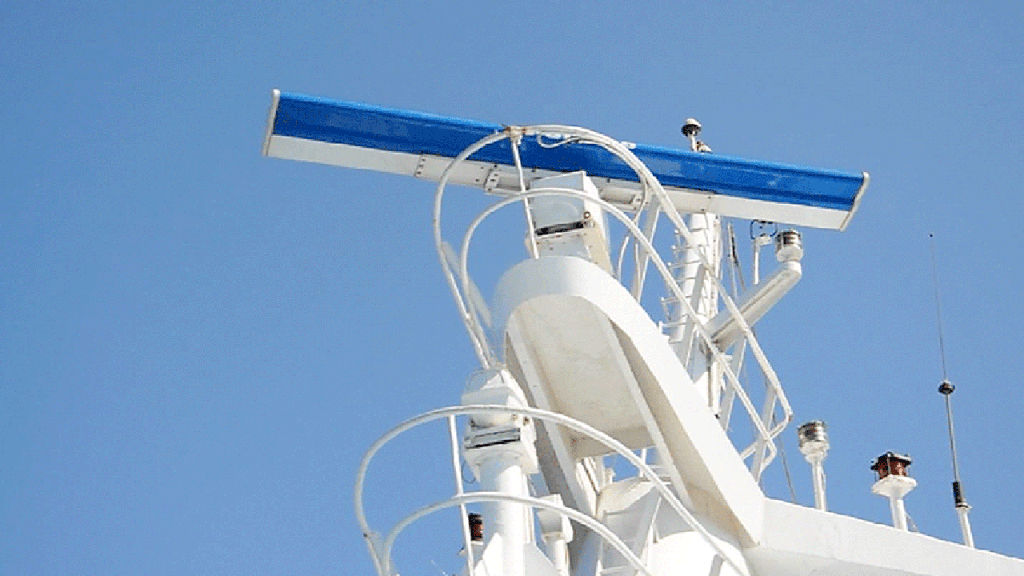In the ever-evolving landscape of radar technology, two remarkable advancements have emerged: Phased Array Radar Systems and MIMO (multiple-input multiple-output) Radar Systems. These innovations are reshaping the capabilities and applications of radar systems. Let’s dive into what sets them apart, and how they’re transforming various fields.
Phased Array Radar Systems: Precision through Electronic Steering
Phased array radar systems are a groundbreaking type of radar that utilizes an array of antenna elements to electronically steer the radar beam in different directions without physically moving the antenna itself. This electronic beam steering is achieved by manipulating the phase of the signal transmitted by each antenna element. Here are some key attributes of phased array radar systems:
Electronic Beam Steering: Unlike traditional radar systems that rely on mechanical beam steering, phased array radar systems can electronically adjust their beam direction swiftly and with remarkable precision.
Multiple Beams: Phased array radar systems have the unique ability to generate multiple beams simultaneously. This enables them to track multiple targets or scan diverse areas of the sky concurrently.
Low Sidelobes: These systems produce minimal sidelobes, reducing interference with other radar systems and electronic devices.

Applications of Phased Array Radar Systems
Phased array radar systems find applications across a wide spectrum of industries, including:
Military: They are integral to military applications such as air defense, missile defense, and maritime surveillance.
Air Traffic Control: In air traffic control systems, phased array radar helps track aircraft and provides essential weather data.
Meteorology: These radar systems play a pivotal role in meteorology by tracking weather patterns and storms.
Space Exploration: In the realm of space exploration, phased array radar systems are used to track satellites and other spacecraft.
Some notable examples of phased array radar systems include the AN/SPY-6 used on US Navy destroyers and cruisers, the Patriot mobile air defense system, the WSR-88D utilized by the US National Weather Service, and the Space Surveillance Telescope employed by the US Air Force.
MIMO Radar Systems: The Power of Multiple Antennas
MIMO radar systems, short for multiple-input multiple-output radar systems, represent another exciting advancement. These systems employ multiple transmit and receive antennas to enhance performance through signal processing algorithms. Here’s how they stand out:
Improved Spatial Resolution: MIMO radar systems achieve higher spatial resolution without needing larger antenna apertures. They leverage the spatial diversity of their antennas to distinguish closely spaced targets.
Enhanced Interference Immunity: MIMO radar systems are more resistant to interference from other radar systems and electronic devices. They use signal processing algorithms to cancel out interference signals.
Precise Target Detection and Tracking: These systems provide more accurate estimates of target range, angle, and velocity. The multiple antennas help resolve ambiguities in target measurements.

Applications of MIMO Radar Systems
While MIMO radar systems are still in the early stages of development, they hold immense promise and are being explored in various applications, including:
Military Radar: MIMO radar systems enhance air defense, missile defense, and maritime surveillance by improving target detection, tracking, and identification.
Automotive Radar: In the automotive industry, MIMO radar is integrated into advanced driver assistance systems (ADAS) and autonomous driving systems to provide more accurate data about surrounding vehicles and objects.
Medical Imaging: MIMO radar is under investigation for applications in medical imaging, such as breast cancer imaging and brain imaging, offering higher resolution and accuracy compared to traditional techniques.
MIMO radar systems represent a transformative technology with the potential to elevate radar performance across a broad spectrum of applications. As these innovations continue to mature, we can anticipate even more groundbreaking developments in the world of radar technology, unlocking new possibilities and enhancing our ability to perceive and interact with our environment.